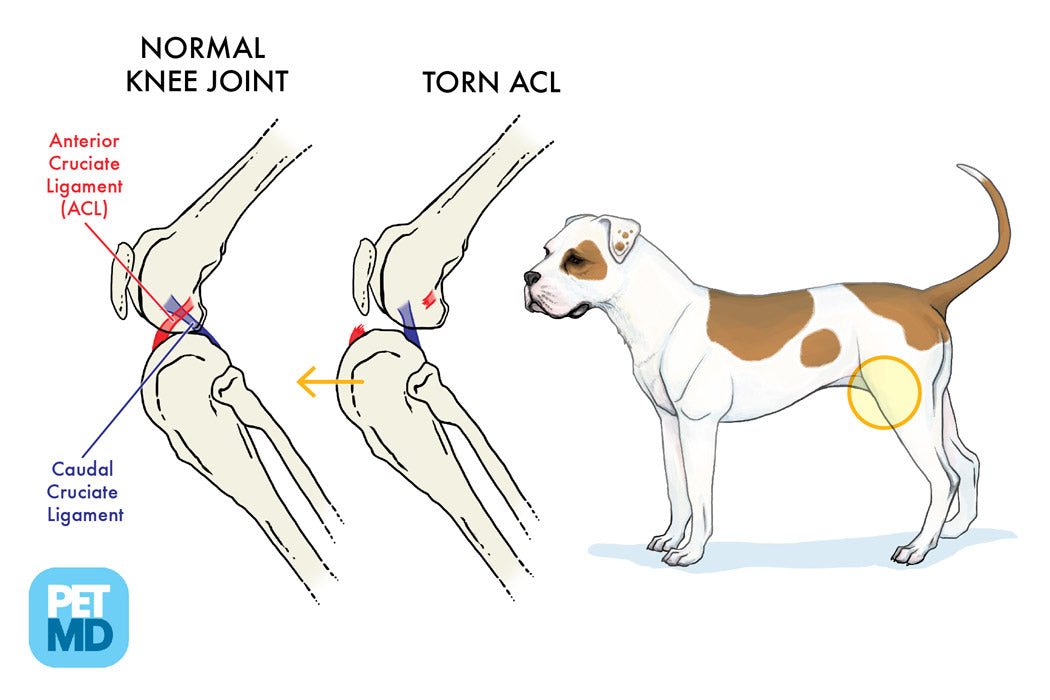What happens if you don't repair a dog's acl?

If a dog’s ACL (anterior cruciate ligament, also known as the cranial cruciate ligament or CCL in dogs) injury is not repaired, several issues can arise. Here are the potential consequences and considerations, including the use of dog braces:
Consequences of Not Repairing a Dog's ACL
-
Chronic Pain: Without treatment, the dog will likely experience ongoing pain due to the instability in the knee joint. This pain can become more severe over time as the condition worsens.
-
Arthritis: The instability caused by a torn ACL leads to abnormal wear and tear on the joint cartilage, accelerating the development of arthritis. This can cause long-term discomfort and reduced mobility.
-
Reduced Mobility: Dogs with untreated ACL injuries often suffer from reduced mobility. They may be reluctant to walk, run, or play, which can lead to muscle atrophy and further joint problems.
-
Lameness: Chronic lameness in the affected leg is common. The dog may consistently favor the uninjured leg, which can lead to secondary issues in the other leg due to overcompensation.
-
Joint Damage: Without the stability provided by a healthy ACL, other structures in the knee, such as the meniscus, are at risk of injury. This can compound the damage and lead to more complex joint issues.
Use of Dog Braces (Orthotics)
Dog braces or orthotic supports can be an option for managing ACL injuries, especially if surgery is not feasible. Here's how they can help.
- Stabilization
- Pain Relief:
- Improved Mobility
- Non-Surgical Management
For dogs that are not good candidates for surgery due to age, health issues, or owner’s financial constraints, braces can offer a viable alternative to manage the condition and improve quality of life.
Considerations for Using Braces
- Proper Fit: It is crucial to ensure the brace fits well and is used correctly. Poorly fitted braces can cause additional issues or fail to provide adequate support.
- Veterinary Guidance: Always consult with a veterinarian before using a brace. They can recommend the appropriate type and ensure it is suitable for your dog’s specific injury and condition.
- Monitoring: Regular check-ups are necessary to monitor the condition of the ACL and adjust the treatment plan as needed.
Conclusion
While dog braces can provide significant benefits in managing an ACL injury, they are generally more effective when combined with other treatments, such as physical therapy. However, for many dogs, especially those that cannot undergo surgery, braces offer a practical solution to improve their quality of life and manage the symptoms of an ACL injury.





